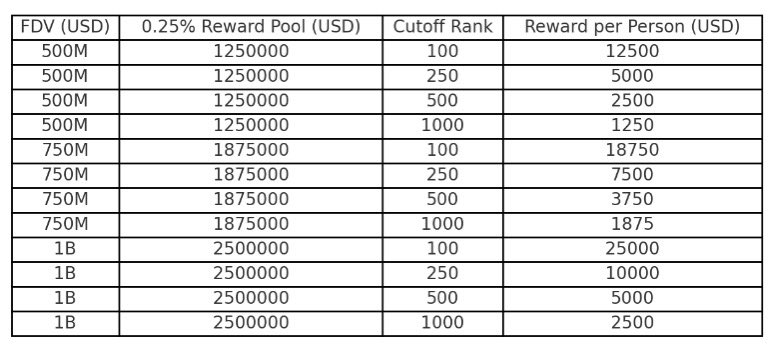Certainly! Here’s a detailed professional report on the topic of AI, written in an engaging, clear style, and organized with structured headings to facilitate understanding.
—
Understanding Artificial Intelligence: Navigating the Present and Future of AI
The rise of Artificial Intelligence (AI) is one of the most transformative changes reshaping society, business, technology, and daily life. From Siri and Alexa to complex machine learning algorithms driving industries, AI’s impact is vast and continually expanding. Yet, despite its growing ubiquity, AI remains a somewhat elusive concept—part wonder, part technical black box. This report unpacks AI’s foundations, current applications, challenges, and future directions, offering insight to help individuals and organizations navigate the ever-evolving AI landscape.
—
What Is AI? More Than Just Robots and Algorithms
Artificial Intelligence broadly refers to the ability of machines to perform tasks that normally require human intelligence. These include recognizing speech, understanding language, interpreting images, making decisions, and learning from experience.
Narrow AI vs. General AI
Today, most AI systems are examples of narrow AI—they are designed to perform specific tasks. For example, a spam filter detects unwanted emails but cannot drive a car or hold a conversation outside its programming. General AI, which would understand and perform any intellectual task a human can, remains a theoretical aspiration rather than a reality.
The Building Blocks: Machine Learning and Deep Learning
At the heart of AI’s recent advances are machine learning (ML) and deep learning. These technologies enable systems to improve performance by learning from data rather than through explicit programming:
– Machine Learning: Algorithms identify patterns in data and use them to make predictions or decisions. For instance, ML powers recommendation engines on Netflix or fraud detection in banking.
– Deep Learning: A subset of ML, deep learning uses layered neural networks modeled loosely on human brains. This approach excels in recognizing complex patterns, such as images in photos or natural language nuances.
—
How AI Is Changing the World Today
AI’s penetration across diverse sectors underscores its importance and utility.
Healthcare: From Diagnostics to Drug Discovery
AI helps analyze medical images with faster, sometimes more accurate results than human radiologists. Algorithms can sift through enormous datasets to identify disease patterns or potential treatments, accelerating drug discovery. Personalized medicine powered by AI tailors treatments to individual genetic profiles, promising more effective healthcare.
Business and Finance: Optimizing Operations and Managing Risk
In the financial sector, AI algorithms analyze market data at lightning speeds, detect fraud signals, and assist in credit scoring. Businesses use AI-driven tools to optimize supply chains, automate customer support through chatbots, and tailor marketing.
Everyday Life: Assistants, Smart Homes, and Autonomous Vehicles
Voice assistants like Amazon’s Alexa or Apple’s Siri make interacting with devices effortless. Smart home systems adjust lighting and temperature intelligently. Meanwhile, autonomous vehicles use AI to interpret their surroundings and make real-time driving decisions—though full self-driving remains a complex challenge.
—
Challenges and Ethical Considerations in AI Deployment
Despite impressive progress, AI brings a set of challenges that require careful navigation.
Bias and Fairness
AI systems learn from data, and if training data reflects societal biases, AI can unintentionally perpetuate or amplify discrimination. For example, facial recognition systems have been found to misidentify certain demographic groups more frequently. Addressing bias demands diverse datasets and ongoing auditing.
Transparency and Explainability
Many AI models act as “black boxes,” making decisions without clear explanations. This opacity can be problematic in critical applications like healthcare or criminal justice where understanding decision rationale is vital for trust and accountability.
Job Displacement and Economic Impact
Automation driven by AI has the potential to reshape job markets, displacing certain roles while creating others. Managing this transition requires policies supporting workforce retraining and economic adaptation.
Privacy and Security
AI applications often rely on vast amounts of personal data, raising concerns about data protection and misuse. Ensuring robust security measures and regulatory frameworks is a continuous imperative.
—
The Road Ahead: Emerging Trends Shaping AI’s Future
AI’s future is not only about technological refinement but also about integration, regulation, and innovation.
Generative AI and Creativity
Generative AI models, like those producing text, images, or music, are pushing boundaries of creativity and content generation. These technologies redefine human-machine collaboration, opening new opportunities and questions about originality and authorship.
AI and Edge Computing
Bringing AI processing closer to data sources (edge computing) addresses latency and privacy issues, especially important for real-time applications like autonomous driving and industrial automation.
Regulation and Ethical AI Frameworks
Increasingly, governments and organizations are crafting guidelines and regulations to ensure AI deployment is ethical, accountable, and aligned with societal values.
Human-AI Collaboration
The most promising AI applications emphasize collaboration—where AI augments human capabilities rather than replacing them. This co-evolutionary approach leverages AI’s strength in data processing while capitalizing on human judgment and empathy.
—
Conclusion: Embracing AI with Curiosity and Caution
AI’s rapid advancement represents both exciting opportunities and pressing challenges. By demystifying AI’s core concepts, recognizing its powerful applications, and confronting ethical and social concerns frankly, stakeholders can harness AI responsibly. Success in this arena involves staying informed, fostering interdisciplinary dialogue, and balancing innovation with vigilance.
The journey of AI is far from over. As the technology matures, its integration into the fabric of society will deepen—transforming how we live, work, and think. Embracing AI thoughtfully is key to unlocking a future where technology and humanity flourish side by side.
—
References and Further Reading
– https://www.technologyreview.com/2024/02/10/ai-explained-machine-learning-and-deep-learning
– https://www.who.int/news-room/feature-stories/detail/ai-in-health
– https://www.mckinsey.com/business-functions/mckinsey-digital/our-insights/the-promise-and-challenge-of-ai
– https://www.edf.org/ai-and-bias-addressing-ethical-challenges
– https://www.nist.gov/programs-projects/ai-risk-management-framework
– https://www.forbes.com/sites/forbestechcouncil/2024/01/09/the-future-of-Ai-in-business-and-beyond
If you’d like me to zoom in on a specific AI subfield or explore practical implications for certain industries, just let me know!











